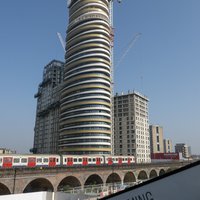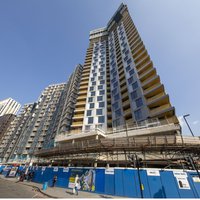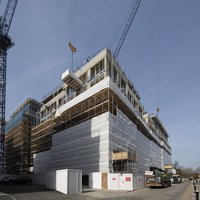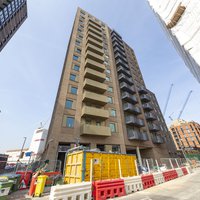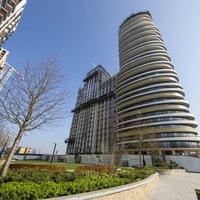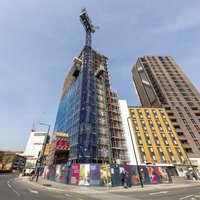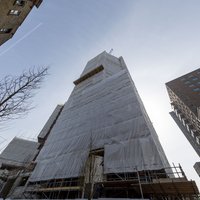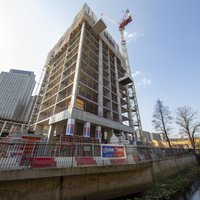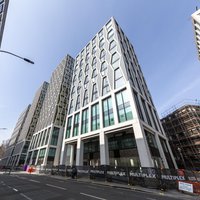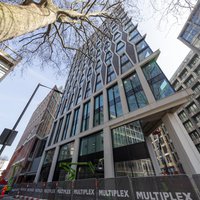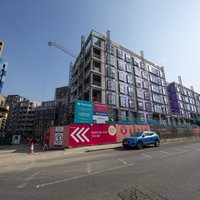On the face of it, 2022 has started well:
- 6,070 new homes sold in London during Q1 2022.
- That is more sales than in any quarter since early 2018, and was fifth highest quarterly sales figure since 2008.
- Construction starts were strong as well, albeit not quite as high as the last quarter of 2021.
Digging beneath the surface, two factors are particularly important for the high sales number.
First, Build to Rent (BTR) accounted for 35% of sales in Q1. This includes forward funding transactions, bulk sales, deliberate in-house BTR starts by investors and reactive switches from sales to letting by other developers.
Second, the ‘last hurrah’ of Help to Buy appears to be in full swing and generated around a quarter of all sales during Q1 2022. In some larger developments, with blocks approaching completion, sales of 30+ units during the quarter were not uncommon. One development scored more than 100 sales.
The remaining 40% of sales are spread across five other segments:
- Private units to be switched to affordable tenures, mainly shared ownership.
- Sales made overseas during the quarter.
- Sales agreed at launches before the start of 2022 … we only count pre-sales on construction start. Many of these sales are also made overseas.
- Sales to ‘normal’ buyers - people based in the UK and simply negotiating the best price they can with the developer.
- A small number of non-BTR bulk deals.
The traditional sales segments (the ones from ‘Overseas’ down to ‘Bulk deal’) are significantly weighted heavily towards the upper price bands. In lower price bands, the ending of Help to Buy will leave a significant hole. This begs a number of questions, such as:
- Will the government replace Help to buy with other incentives?
- Will developers come up with their own incentive packages, as used to be the case?
- Will we see more private units switching to shared ownership?
- Will there be a pricing adjustment?
- Will London suffer a house building reduction, particularly in areas needing regeneration?
The answers to these questions will emerge over the next two years.
